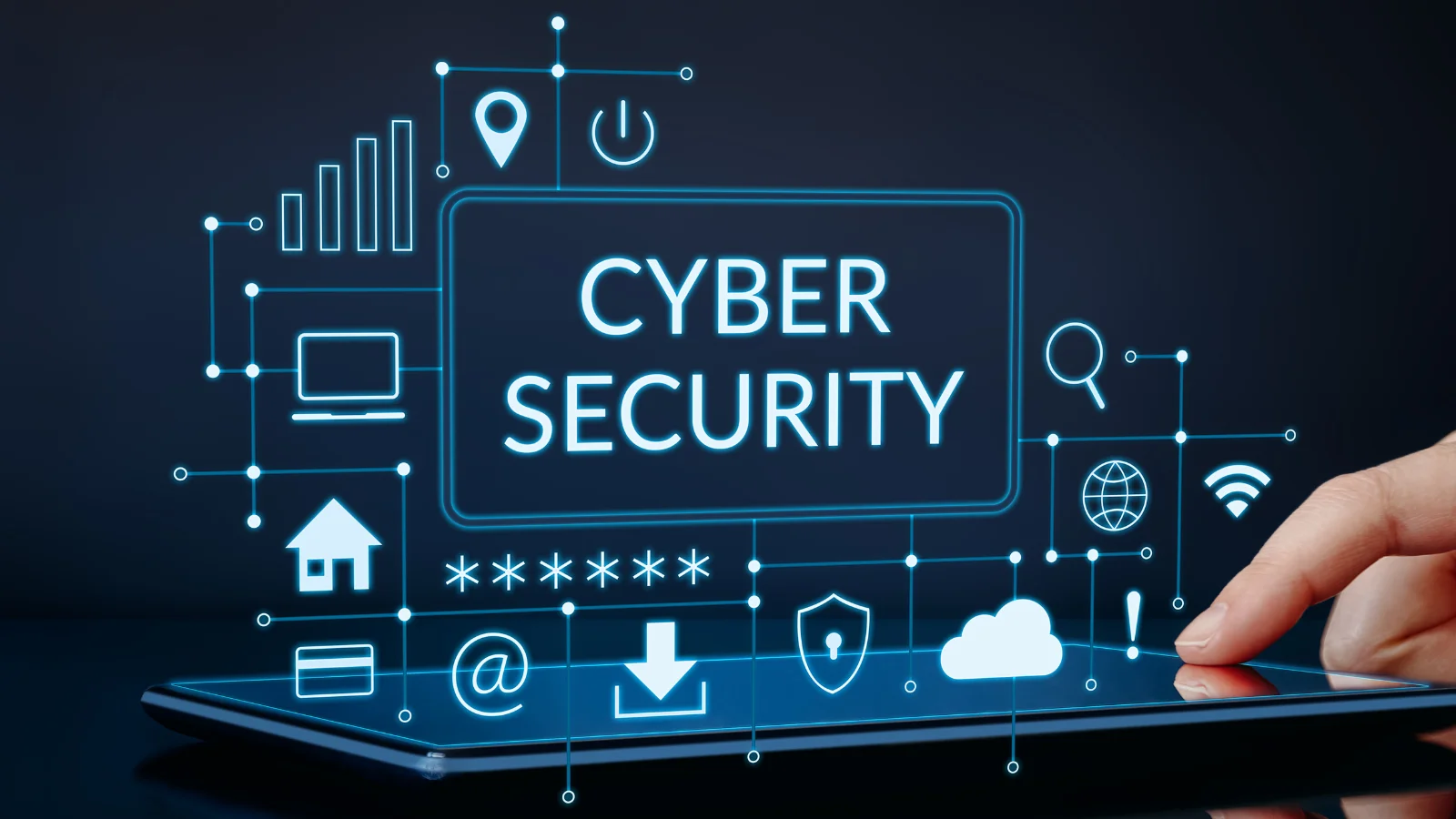What is cyber security?
Cyber security refers to the protection of systems that are connected to the internet against cyber attacks. These systems include hardware, software and data. Cyber attacks and threats can range from unauthorized access to information and the of tampering data to extorting money and disturbing business operations.
As a myriad of systems are linked to the internet, cyber security is a broad topic which includes a wide variety of subcategories, each with a specific focus. These categories are:
Network security
Application security
Information security
Operational security
Disaster recovery and business continuity
End-user education
Why is cyber security important?
As our dependency on the internet and technology in all aspects of life deepens, so does the potential for malicious actors to exploit vulnerabilities and cause serious damage. A robust cybersecurity framework is crucial to safeguarding sensitive information, such as personal data, financial records, and intellectual property, from falling into the wrong hands. It not only shields individuals from identity theft and financial fraud but also protects businesses and governments from devastating cyber-attacks with escalating damage. Directed at the right target, cyber attacks have the potential to disrupt essential services and even compromise national security.
What are cyber security threats?
One of the most important aspects of implementing cyber security is to understand the various types of threats that can be posed to an internet-connected system. These types include:
⚠️ Malware is one of the most common types of cyber security threats. It is software designed to steal information, manipulate devices, or tamper with data. Some notorious examples of malware include worms, viruses, ransomware, trojans and spyware.
⚠️ Distributed denial-of-service (DDoS) attacks overwhelm the target, for instance a server, website, or other network resources, with massive amounts of requests. If the targeted system cannot distribute incoming traffic properly on time, it will likely crash and stop functioning.
⚠️ SQL injections, a.k.a. structured language query injections, refer to a cyber assault method employed for seizing control of and purloining data from a database. Malicious actors exploit weak points in data-centric applications to implant malevolent code into a database through noxious SQL instructions. This illicit maneuver grants them entry into confidential data housed within the database.
⚠️ Social engineering psychologically manipulates people to obtain sensitive information. Some methods are phishing, spear phishing, pretexting, baiting, quid pro quo, tailgating, scareware, and CEO frauds. Usually in the form of emails, these deceive, intimidate or frighten users into unknowingly compromising their systems, such as by clicking links to sources of cyber threats, or downloading malware.
Depending on the attacker, cyber security threats can also be divided into the following groups:
⚠️ Advanced persistent threats (APTs) are individuals or groups of malicious actors that access computer networks without authorization and are able to remain undetected for an extended period.
⚠️ Insider threats refer to data leaks or losses caused by people within an organization or company. They can be carried out both unintentionally and intentionally.
⚠️ Man-in-the-middle (MitM) attacks are carried out by intercepting and forwarding messages between two parties under the false pretense that they are directly communicating with one another.
Cyber security key concepts
As cyber security covers a wide range of areas, there are also multiple factors that impact the overall cyber security of an organization: technology, processes, and people. Each addresses a specific aspect of protection against cyber security threats.
Technology 💻
Technology refers to tools that are involved in cyber security protection, such as a Web Application Firewall (WAF), antivirus software, and various security solutions. The system that needs to be protected comprises computers, smart phones, tablets, the network, routers, and the cloud.
Processes 🛠
Processes refer to the framework or guideline that details how to respond to various kinds of both successful and failed cyber attacks. These should be clear and easy to understand for non-technical employees.
People 👫
People can be argued to be the most unpredictable factor among the three. Individuals are susceptible to social engineering and have varying levels of knowledge of cyber security, leading to difficulties in countering cyber threats.
Ways to improve cyber security
✅ Ensure that your software and operating system are up-to-date.
✅ Install anti-virus software and cybersecurity tools (e.g. WAF, Zero Trust Security, SSL certificates) on your computers.
✅ Choose strong and varied passwords.
✅ Do not open or download emails with attachments from unknown senders.
✅ Do not click on links sent to you from strangers or suspicious websites.
✅ Check the URLs carefully for commonly mistaken letters and numbers, which are typically present in impostor links.
✅ Use two-factor (2FA) or multi-factor authentication (MFA).
✅ Do not use public WiFi that is not secure (unless you use a VPN).
✅ Back up your data or develop a disaster recovery plan.
Ready to strengthen the cyber security of your data and IT systems? Tailor security solutions that meet your needs with Hi Cloud, whether your infrastructure is in a hybrid or multi-cloud environment. Our cloud experts are familiar with various cyber security solutions offered by major cloud providers, including AWS, Azure, Google Cloud, Alibaba Cloud, Tencent Cloud and Huawei Cloud. Get in touch and book a free consultation.





